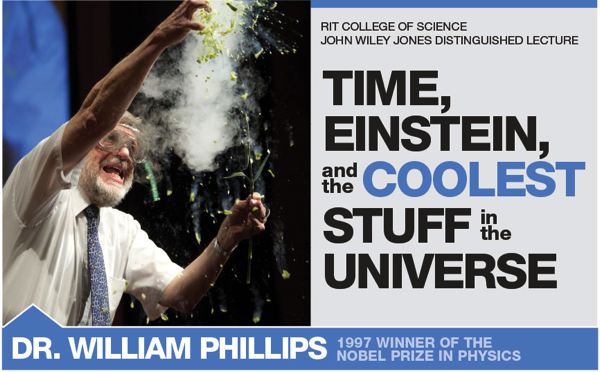Recently I replied to a post on the College Board’s AP Physics Teacher discussion forum, an act that always seems to be a dicey proposition. A teacher had asked other AP physics teachers for instructional physics video recommendations. I replied with links to one of my favorite video series, the MIT 8.xx introductory calculus-based physics series put together by Prof. Walter Lewin.
If you are unaware, Prof. Lewin’s lectures have been immensely popular and have been in many ways the “de facto” standard for online physics lectures. His preparation was well thought out, his content coverage thorough, his demonstrations engaging, and his performances nearly flawless.
Recently, however, Dr. Lewin’s lectures have been pulled from the MIT website due to an investigation in which MIT determined that Lewin “had sexually harassed at least one student online.” (link here). You can still find versions on YouTube.
Following my post on the discussion forum, I received several responses from instructors stating that they would not recommend the videos any longer. I briefly responded that the quality of the videos didn’t change, therefore even though Lewin may have been acting in appropriately personally, the videos were not affected and retain their educational value.
Several responses were quickly received, ranging from recommendations to use alternate videos to a response stating that posting materials associated with Lewin would be morally irresponsible. Though I do understand the concerns, I think disappointment in the behavior of one of our “physics heroes” is clouding the collective judgment.
If referencing the works of scientists who have had personal ethical or moral failings is the “correct response,” we need to recognize how much great work must be thrown away. It doesn’t take long to research the personal lives of Albert Einstein, Richard Feynman, Marie Curie, Edwin Schrodinger, or even Stephen Hawking to find well documented evidence of significant personal life scandals. Why is it that referencing their works in the classroom isn’t morally irresponsible, but referencing Lewin’s is?
This same issue surfaces again and again outside just the scientific world. Were Babe Ruth’s accomplishments less amazing (especially in relation to other baseball players of his time) knowing his personal behavior off the field? Were Pete Rose’s 4,192 hits less valuable to his team because he was later found to have a gambling addiction? Should the Cosby Show be banned from syndication due to the show’s star alleged indiscretions? In working toward my teaching certification, my class studied a book by Bill Ayers, whose past actions could easy label him a domestic terrorist. Despite his past, however, as a class we were able to explore and debate the philosophies he promoted in his book in a productive manner. We even re-elected a sitting president who lied under oath AND engaged in significant sexual misconduct.
My point isn’t that any of these behaviors are anywhere close to acceptable, nor that we should excuse them. Nothing could be farther from the truth. My point, however, is that pulling Lewin’s videos punishes the many students who could benefit from them. Severing ties with the author, closing the associated discussion forums, and similar actions appear reasonable. Removing the good works done by this individual only makes a bad situation worse.
Finally, to say that using the works of a public figure discredited for personal indiscretions is “morally irresponsible,” when looked at in a wider view, just becomes silly. How many library books must you pull from the shelves? How many theories and inventions must be destroyed? And where do you draw the line on what level of personal indiscretion warrants these actions? Is it a felony? A misdemeanor? Last week I received my first traffic ticket for a broken taillight (which was fixed first thing the next morning) — does that invalidate what small contributions I’ve attempted to make to my field?
Let’s move back to reality. A beloved and popular teacher allegedly screwed up. Big time. We’re disappointed, and we’re hurt. One of our heroes fell. I get it, and I’m hurt too. But his mistakes don’t invalidate his 40+ years of excellent teaching. Our world is just not that simple.

